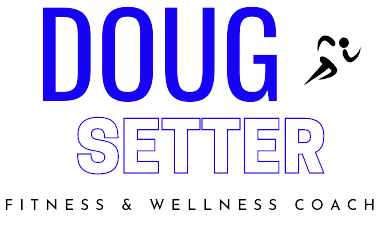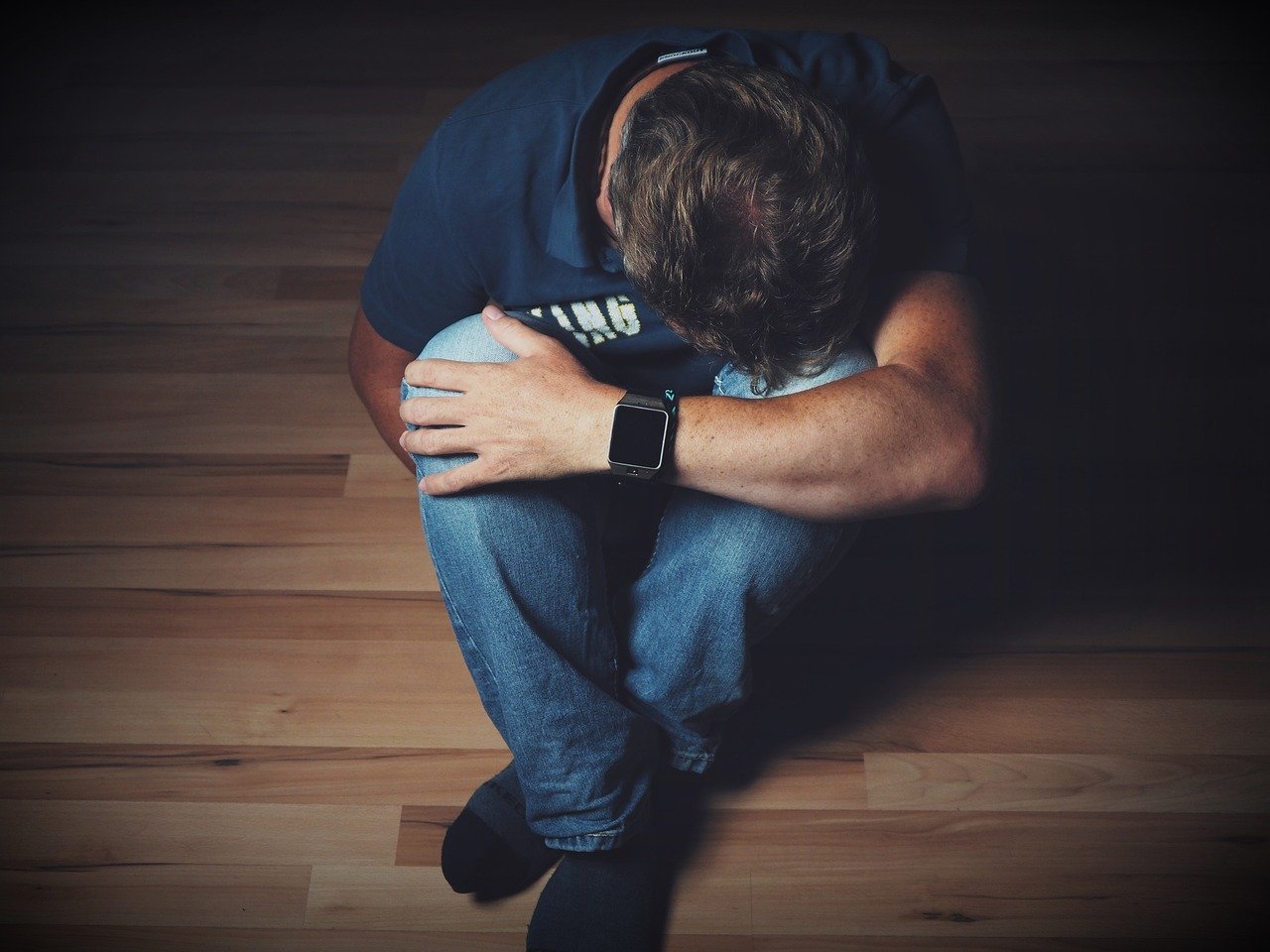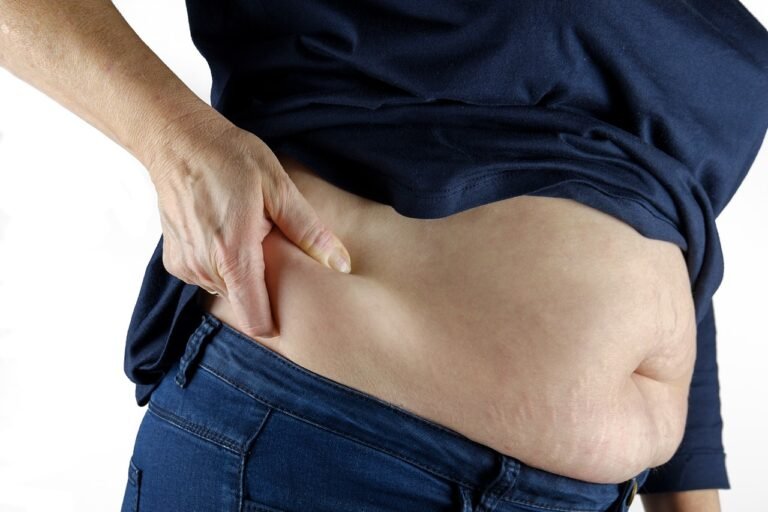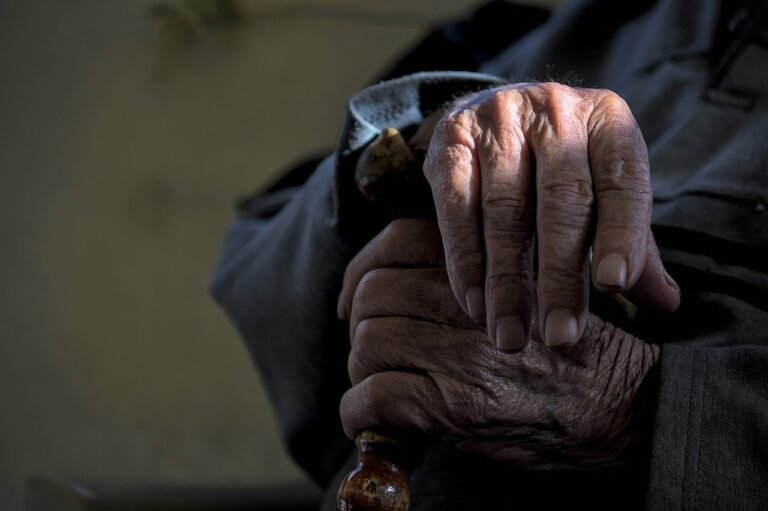How Much of Depression is actually “in your mind” and How Much is physical?
In her book, Seven Weeks to Sobriety, researcher Dr. Joan Mathews Larson describes the frequency that hypoglycemics experience specific symptoms:
- Nervousness 93%
- Irritability 89%
- Exhaustion 87%
- Depression 86%
- Forgetfulness 69%
- Indecisiveness 50%
You will note that 86% of the patients with low blood sugar are diagnosed as clinically depressed. That and a host of other mental disorders. Without saying it, the biggest dietary villain is sugar.
True enough, low blood sugar can be caused by fasting, fatigue and excess insulin. Without denying genetics, low blood sugar is caused by that White Death: sugar.
Now before an army of dieticians or nutritionists start denying this, just look around at what the stressed, depressed and mood swinging personalities consume? While working in the military, construction sites and offices I noticed the burned out workers fuelled themselves with coffee, cigarettes and pastries. If that is not convincing, take a look at what skid row alcoholics and addicts eat: mostly pastries and candy. Take a further look at your least productive coworkers and their eating habits. I almost guarantee it is mostly sugar and pastries.
See, the sugar not only plays havoc with insulin and blood sugar levels, it also depletes vitamins and minerals. And depressed and suicidal people tend to have low levels of vitamin C and magnesium. So, one can argue which came first? Depression or poor eating habits?
In my own experiences, I found that changing my nutrition intake had a huge affect on my strength, health and mental clarity. Aside from a high-protein, low sugar diet, I took mega doses of vitamins and minerals. Within a few months, I made greater muscle gains, slept better, drank less alcohol, and changed jobs.
This is why I encourage my clients to cut out the high-sugar and highly allergic foods containing sugar, wheat and dairy. Then replace these substances with nerve-building, high-protein foods like chicken, fish, beef, and vegetable proteins. Coupled with fresh vegetables and berries, these foods promote stable blood sugar and feed one’s brain and nerve tissues.
Here is a typical low-energy diet:
Breakfast: Coffee, wheat toast, processed cereal
Snack: Coffee, Danish
Lunch: Salad with dressing, fruit-flavored yogurt, French fries. Pop.
Supper: Coffee, burger, and french fries
Snack: Ice cream
Not only is this diet packed with over 20 teaspoons of sugar, but it also depletes vitamin and mineral reserves. It sends the person’s blood sugar on a roller coaster ride.
Here is a sugar stabilizing diet:
Breakfast: 2 eggs or egg whites and unsweetened oatmeal, one slice of rye, Kamut, or spelt toast
Snack: Mixed nuts
Lunch: Tuna or chicken wrap
Supper: Hamburger with roasted vegetables
Snack: Oat crackers
Besides, the cost of good nutrition and proper exercise will save you in medical expenses and lost wages from being caught up in a case of the blues (Note: This article is not meant to replace the professional treatment of clinically depressed people).Learn more in the book: Reduce Your Alcohol Craving.




